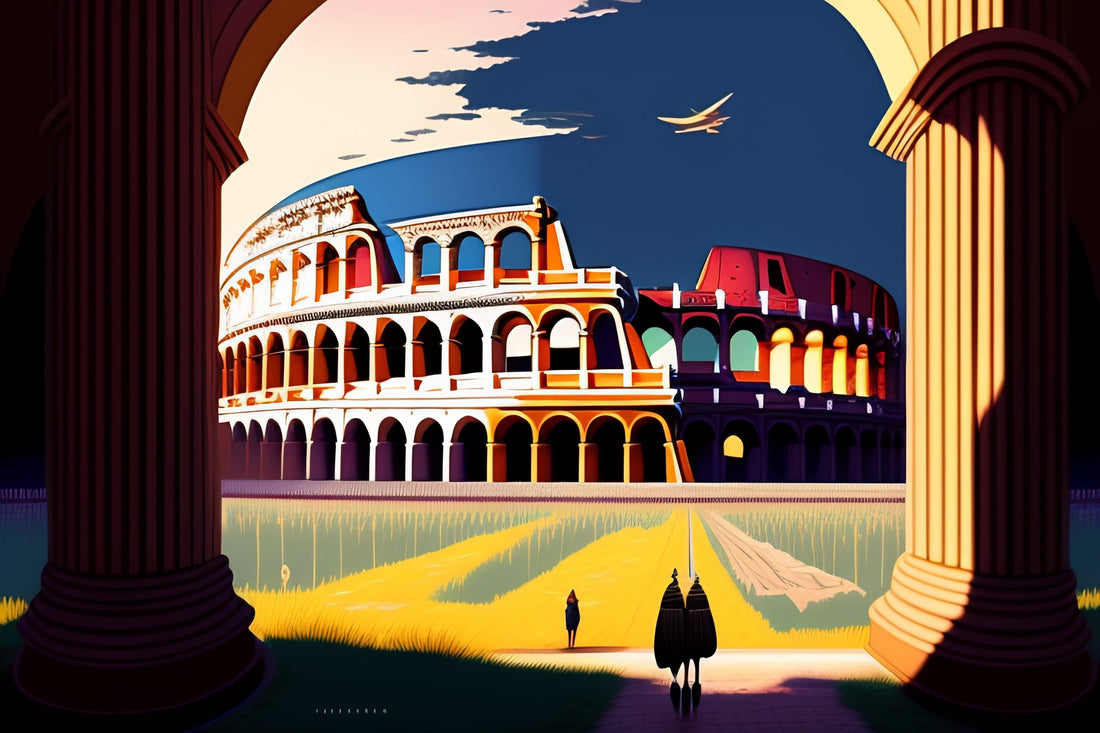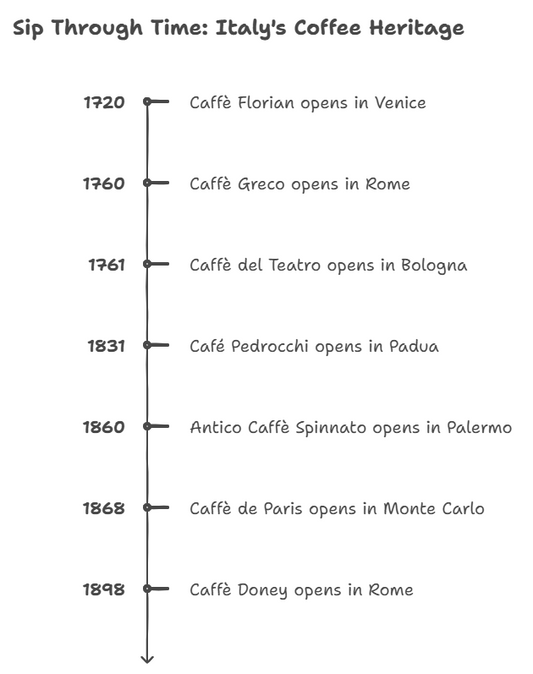The Renaissance was a period of great cultural and intellectual growth in Europe that lasted from the 14th to the 17th century.
The word "Renaissance" comes from the French term "la renaissance," which means "the rebirth."
Why was Italy the birthplace of the Renaissance? From its strategic location to its political and economic climate, Italy provided the perfect environment for the cultural, intellectual, and artistic growth that defined the Renaissance.
Today, I want to share some fun facts about this fascinating period in history.
The Renaissance was a time of great change and transformation, as Europe emerged from the medieval period and entered a new era of cultural and intellectual growth. Italy played a pivotal role in this transformation, and there are several reasons which will explained why Italy was the birthplace of the Renaissance.

Italy's Geographical Location
Italy's strategic location at the heart of the Mediterranean made it a hub for trade and commerce, which in turn facilitated the exchange of ideas and knowledge.
The Mediterranean Sea served as a vital transportation network, linking Italy to other parts of Europe, Asia, and Africa. The city-states that dominated Italy during the Renaissance, such as Florence, Venice, and Rome, were also strategically located along trade routes, which helped them become centers of commerce and innovation.
Separately, we explored the highlights of Milan, Venice, Florence, and Rome, from their iconic landmarks to their hidden gems, and provide insights to help you make an informed decision on which city to visit based on your interests and preferences.
Finally, the Papacy, headquartered in Rome, played a key role in shaping the cultural and intellectual landscape of Italy during the Renaissance. During the Renaissance period, Italy had a population of approximately 10 million people.
Italy's Political and Economic Climate
According to some estimates, Florence alone had a GDP per capita of around $1,100 in the year 1400, which was one of the highest in Europe at the time. Italy's political and economic climate during the Renaissance was conducive to cultural and intellectual growth.
While Florence is a relatively small city, it's packed with history, culture, and things to see and do. One of the questions that often comes up is whether Florence has a metro system. In this guide, we'll explore the public transportation options in Florence and answer the question: does Florence have a metro?
The rise of powerful families such as the Medici in Florence and the Sforza in Milan helped create a patronage system that supported artists, writers, and intellectuals. Economic growth during the Renaissance led to the emergence of a wealthy merchant class, which also supported the arts and humanities.
Finally, Italy's political stability and the absence of foreign invasion allowed for a flourishing of intellectual and artistic pursuits.
Italy's Cultural Heritage
Italy's rich cultural heritage, which included the legacy of ancient Rome and Greece, as well as the influence of the Catholic Church and humanism, played a significant role in the development of the Renaissance. The revival of classical art and literature, as well as the emergence of individualism and secularism in Renaissance art, were also products of Italy's cultural heritage.
Italy's Intellectual Elite
Italy's intellectual elite, which included famous thinkers such as Leonardo da Vinci and Michelangelo, played a crucial role in shaping the cultural and intellectual landscape of Italy during the Renaissance. Universities and academia also played a key role in fostering intellectual inquiry and the exchange of ideas. The influence of humanist scholars and their ideas on society, as well as the development of scientific thought and experimentation, were also important factors in the development of the Renaissance in Italy.
Conclusion
In conclusion, Italy was the birthplace of the Renaissance due to several reasons, including its strategic location, political and economic climate, cultural heritage, and intellectual elite. The legacy of the Renaissance continues to shape Italy and the world to this day, and its impact can be seen in art, literature, philosophy, and science.




